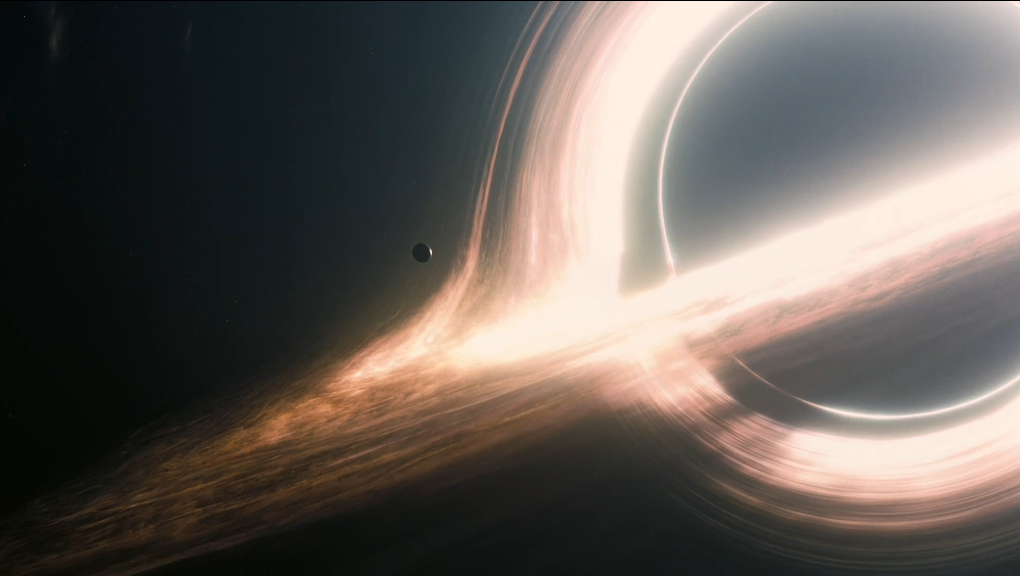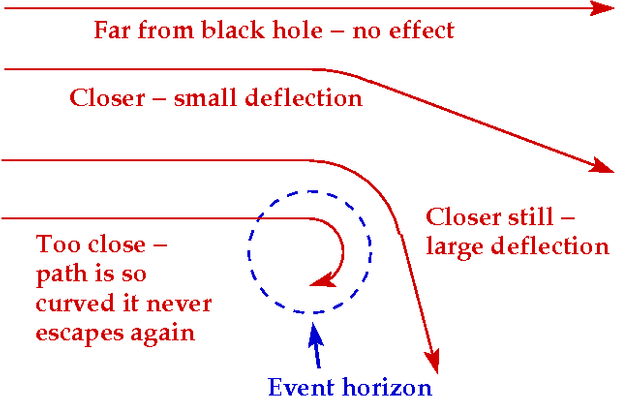Hearts of Darkness: Pt. 1

The unchallenged kings of confusion. And the unmatched Gods of gravity.
Black Holes are among perhaps the most thrillingly unknown structures in the universe. All encompassing with not one field of study not having some form of a link to them. Physics wonders about their space bending, astronomy wonders of their accretion disks, chemistry wonders of their contents, biology wonders of their sterilization effects. . .
There is so much to say about these cosmic destroyers of worlds, (and creators as you will see), but we should start with their own chronological beginning.
It all starts when a star, say, 20-50 times as massive as our sun, dies. As usual they eject their cosmic dust in all directions and create clouds around the remaining core. But something else happens, the core collapses. Into what exactly? Only the most powerful object in the universe see.
The cores, while not everything, do still contain quite a bit of that mass. Some of the smallest black holes possible have 3 or 4 solar masses. And, while it was wondered for quite some time, it turns out there is not a single force in the universe capable of stopping this collapse. It will happen whether you like it or not.
And if you happen to be very close-by, you really aren't going to like it. Black holes bend space so much that not even light can run away once pulled beyond the event horizon. So-named for the fact that any event that goes on behind it is unknown. FOREVER.
Everything that moves in the universe follows a path set by space, this path can be bent and warped by mass. Gravity in other words. Well a black hole contains so much of mass in such a little amount of space, that it bends the space to curve so that any object within the horizon will find itself being directed back towards the center. From inside, you could feel as though you were moving out, but you'd simply be circling back over and over again.

What makes this interesting is how by the definition, anything with mass can indeed be a black hole. Provided this mass is compressed to an area small enough. You could be a black hole. I could be a black hole. Earth could be a black hole. . .
Hey wait a minute, just how small would the Earth need to be to become a black hole? Well, in order to become one, an object would need to become the size known as its Schwarzchild Radius. Or the radius needed for any given amount of mass to become a black hole. My entire body would need to be Compressed into a sphere 0.00000002461281618 millimeters across to become a black hole. (Find out your own by using an online Schwarzchild calculator, enter 9.8 for the gravitational constant and then your weight, calculate the exponent provided into a integer, then double it, and that's how big your sphere would be.) And the Earth would need to be about the size of a Golf Ball, or length of a peanut in diameter.
In case you weren't aware, the Earth is kinda heavy, so that's a lot of mass fitting into such a relatively small area. But the sun sounds even more insane. To form a black hole, one would need to compress the entire sun into an area that's just 1.9 miles across. Or about 3 KM.
But the thing is, a black hole doesn't stop with its initial collapse. No, instead it continues to collapse, all the way down to an area incomprehensibly tiny. A sphere with diameter of what is called a, "Planck Unit", or Planck Length.
That's just about 1.6e-35. Or 1.6 x 0.000000000000000000000000000000000001 meters in length.
This tiny size of a black holes mass leads to a common misunderstanding. Which cannot be blamed on anyone since they actually decided to call the mass a, "Singularity", suggesting it has no dimensions or is, "Infinitely small".
This is the theoretical result of general relativity, however this does not mean it actually happens. Einstein himself, (the creator of general relativity), claimed that the object likely exist, but do not have the ability to contain mass within an area of no volume.
What's interesting is that this means black holes as they may appear are not the actual mass portion. The Black sphere often envisioned as being a black hole is actually the sight of the event horizon. While the part with the mass, the singularity, is inside this horizon at it's center. Remaining hidden behind a wall of darkness formed from the lack of light escaping. Or any form of energy escaping for that matter. Aside from one theoretical frequency known as Hawking Radiation. Which I assume you can guess by its title who it was discovered by. And although technically theoretical, it is almost proven to exist. And it's the one way black holes lose mass. By emitting energy in the form of quantum matter shedding off decaying protons. Other than that, nothing runs beyond that horizon, no frequency of light, no form of matter. And it's journey to the singularity, which it will become a part of, is short lived. Depending on the size of the horizon. One would likely be traveling nearly as fast as light while approaching the center.
So, black holes consume everything they get close to, and nothing that has fallen inside of one will ever be seen again in the same form. So what exactly can a black hole do aside from stop things from happening?
Well, bear in mind that a black hole effects objects beyond it's horizon. The pull is still there. And it can be very strong. One star, a red dwarf, is said to orbit the black hole known to be at the center of our galaxy. Sagittarius A, the aforementioned supermassive black hole, has an estimated mass of 4.3 million suns. And has consumed likely everything around it. Making it a rather quiet black hole with little external activity. However, this one star believed to be there, is in an elliptical orbit with this behemoth. And likely approaches up to 1 fifth the speed of light when it gets close.
Sagittarius A is quite the black hole, but even it is outmatched by various others such as the central black hole of the Andromeda Galaxy, around 230 million solar masses. Or S5 0014+81, the most massive black hole ever discovered.
This incredible object is located in a large elliptical galaxy and has the mass of 40 billion suns. It has an event horizon that is quite difficult to wrap your head around. 1580 Astronomical units, (distance from the sun to earth), or in other terms, 9.12 light days in diameter.

This Black Hole is massive enough to form an object known as a Quasar, perhaps you'd know of them from a post I made a little while back. These are some the the most powerful objects in the universe, and the brightest. They are accretion disks, a disk of matter accelerated around the black hole by its gravity. The objects in these disks are heated from friction with each other and emit unimaginable light. And as one may expect, 40 billion suns of gravity is sure to get your accretion matter spinning rather quickly.
But for now, I'll stop. I'll cut off the feed from these mines of fascination known as black holes and let everything sit. But soon I'll be posting a part 2, where we'll get all into the remainder of what is to be learned, Time relativity, quasars, space twisting, etc.
Picture origins:
http://interstellarfilm.wikia.com/wiki/Gargantua
https://galileospendulum.org/2011/06/29/black-holes-dont-suck/
https://www.reddit.com/r/space/comments/5qkole/s5_001481_the_largest_known_supermassive_black/
Nice Post!!!
Very interresting, i follow !
Have a look at my page, i'm a astrophographer :)